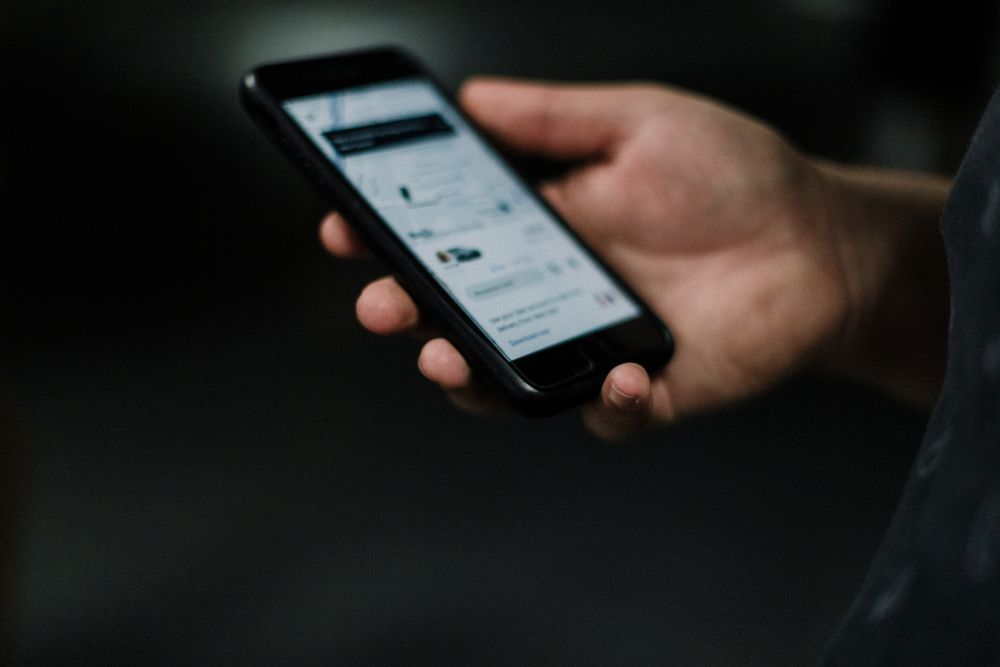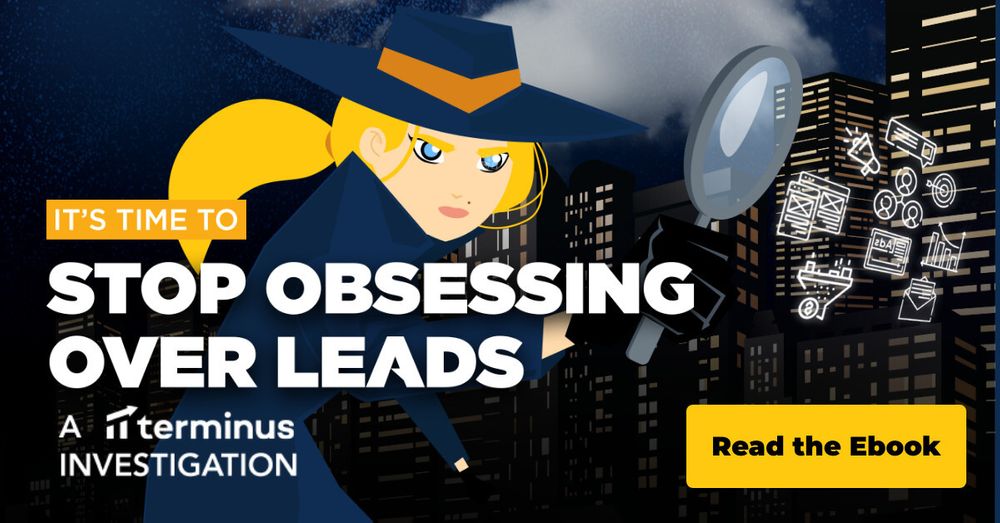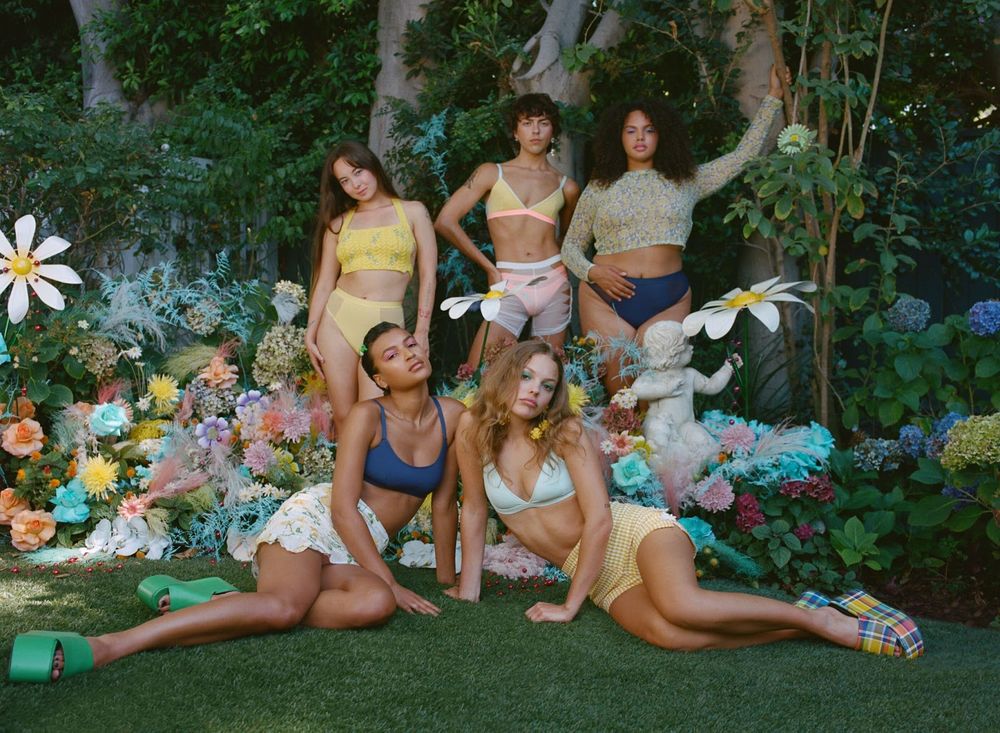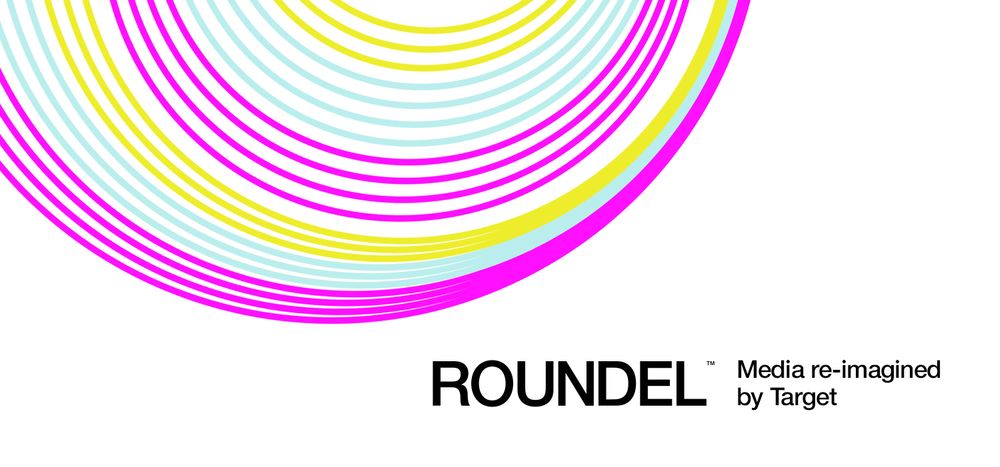|
Good Monday afternoon. Today’s newsletter kicks off with new kid reporter on the block Zaid Shoorbajee’s first longer Marketing Brew piece. Best line? “Oh, look. Money.”
In today’s edition:
- Disability representation in TV ads
- Uber joins the ad game
- DTCs IRL
— Zaid Shoorbajee, Ryan Barwick, Phoebe Bain
|
|
|
Paralympic Games
|
There are plenty of examples out there of brands making progress on disability inclusion in their products and marketing. Degree recently created a deodorant stick for the visually impaired and people with upper limb disabilities, and Microsoft wowed Super Bowl audiences in 2019 with its Xbox Adaptive Controller. Many other brands will be eager to tell you about what they've done, too. But a Nielsen study released last week suggests there’s a lot of room for improvement.
The report examined the level of representation of people with disabilities in TV ads, finding that only a tiny fraction of primetime ads represent the disability experience in some way, whether through talent, visuals, or themes.
The findings: Out of nearly 450,000 primetime ads on broadcast and cable TV during February of this year, Nielsen found that just 1% showed someone with a disability, despite the fact that 26% of the US population lives with one.
- According to Nielsen’s analytics, total ad spend during the timeframe Nielsen looked at was $1.6 billion. Of that, ~$57 million, or under 4%, went to disability-inclusive ads.
- Nearly half of the money spent on those ads came from pharmaceutical and healthcare companies.
- The lack of representation across other categories perpetuates stereotypes about people with disabilities, the report argues. Namely, it makes it harder for others to think about them in contexts outside of managing care.
The report also warns brands against leaning on “inspiration porn.” That’s a trope wherein people with disabilities are either pitied or exalted in order to inspire non-disabled people. An upcoming campaign around the Paralympics looks to combat this tendency by showing disabled people dealing with mundane tasks, like pushing baby strollers and paying mortgages.
Oh, look. Money.
Nielsen lays out another reason advertisers should take note: market potential. The report says discretionary spending for people with disabilities of working age is about $21 billion, citing the American Institutes for Research.
The reach of disability representation goes beyond that. “There are a lot of allies who, when they’re watching, also recognize that it's not reflective of their own lived experience of having disability within their homes and their lives,” Stacie de Armas, Nielsen’s SVP of diverse consumer insights and initiatives, told Marketing Brew.
Read more about what steps advertisers can take to be more inclusive of people with disabilities.—ZS
|
|
|
Photo by Priscilla Du Preez on Unsplash
|
It’s a feeling we can all relate to: You’re stranded, you’re tired, you’ve called an Uber, and you’re waiting. No, that experience won’t improve much, but now you can distract yourself with ads!
Uber told Marketing Brew it started testing in-app advertising last week, an update first reported by Business Insider. Ads show up after a rider has requested a trip, meaning they’ll only be seen every time a traveler is checking their driver's location or their own ride’s progress.
- The inventory will first be visible to a random, small percentage of riders in the US, Uber told us (BI said 25% of users will see ads).
- Marriott is the first brand to work with Uber on the product, and other brands are lining up.
- The rideshare company said it will test how people interact with the ads.
Related, unrelated: How rideshare cars are becoming speeding billboards.
In-app advertising isn’t foreign to Uber’s other brands—Postmates and Uber Eats offer inventory to restaurants on their platforms—but it is a change of heart for the main brand. Uber’s cofounder and previous CEO, Travis Kalanick, was against the idea of in-app advertising, fearing that pop-up ads would “sully the user experience,” a former Uber employee told BI.
But time is money, and Uber riders have the time.—RB
|
|
|
|
In the marketing biz, folks love to obsess over leads. But here’s a leading question: Are they actually worth your time and resources?
This interactive e-book from Terminus will help you answer that bajillion-dollar question.
It starts with the basics: What even is a lead? Is there a universal definition? Then, it investigates where our current obsession with leads comes from, and explores what else we could measure instead.
Next, Terminus’s e-book looks at whether focusing on accounts or chasing leads is easier—and more effective.
They top it all off with a breakdown of modern marketing lifecycle stages used by leading revenue teams. Basically, this e-book will help you reexamine your assumptions about how marketing works. We could all use a little gut check every now and then, y’know?
Learn more about whether leads are lacking in Terminus’s e-book here.
|
|
|
Parade
|
Underwear brand Parade is moving from DTC to IRL this weekend. The brand’s first-ever physical retail activation since its 2019 debut is taking place in “Dimes Square,” a triangle near a park in Lower Manhattan.
- The event will sell Parade’s “Summer Daisy” collection, so the company is transforming Dimes Square into a meadow of “fresh” wildflowers from August 27 to 29 (with libations, of course).
- Parade is also putting up some
 fresh fresh wheat paste ads across the city for promo + tapping its influencer network and community to help spread the word wheat paste ads across the city for promo + tapping its influencer network and community to help spread the word  . .
-
That “community” includes Claire Banse, cofounder of the publication that recently put Dimes Square on the map: The Drunken Canal.
Why it matters: Parade isn’t the only DTC brand getting NYC event marketing-happy recently. Recess recently debuted its first IRL pop-up store since the pandemic in downtown New York, and liqueur brand St-Germain hosted a “flower shop” pop-up this month.
The trend, explained: Aja Singer, a brand and creative strategy consultant for DTC companies, told us “a pop-up is a great way to differentiate your brand right now—there are not many competing in-person experiences, especially among larger, more established brands.”
+1: She added that Dimes Square works for the activation because its high foot traffic includes Parade’s core demo: *very* online Gen Zers, in her words.
Read on for more analysis of Parade’s IRL activation from DTC experts.—PB
|
|
-
NBC was able to fulfill its viewership guarantees for advertisers during the Olympics, using its streaming inventory to make up for “linear shortfalls,” two agency executives told Digiday.
-
Rachel Maddow has signed a deal that will keep her at MSNBC for the foreseeable future.
-
Nexstar Media Group bought The Hill for $130 million.
-
Ram is giving touring bands a free van.
|
|
SPONSORED BY ROUNDEL BY TARGET
|
|
Media is changing. Let’s change media for good. Meet Roundel, media reimagined by Target. They’re a company built on the idea of using people-based (first-party) data for good, maintaining brand-safe environments, and driving business results. See how they can connect your brand to their audiences on- and off-platform—even if your brand is not sold at Target—for marketing programs that drive actual results. Learn more here.
|
|
|
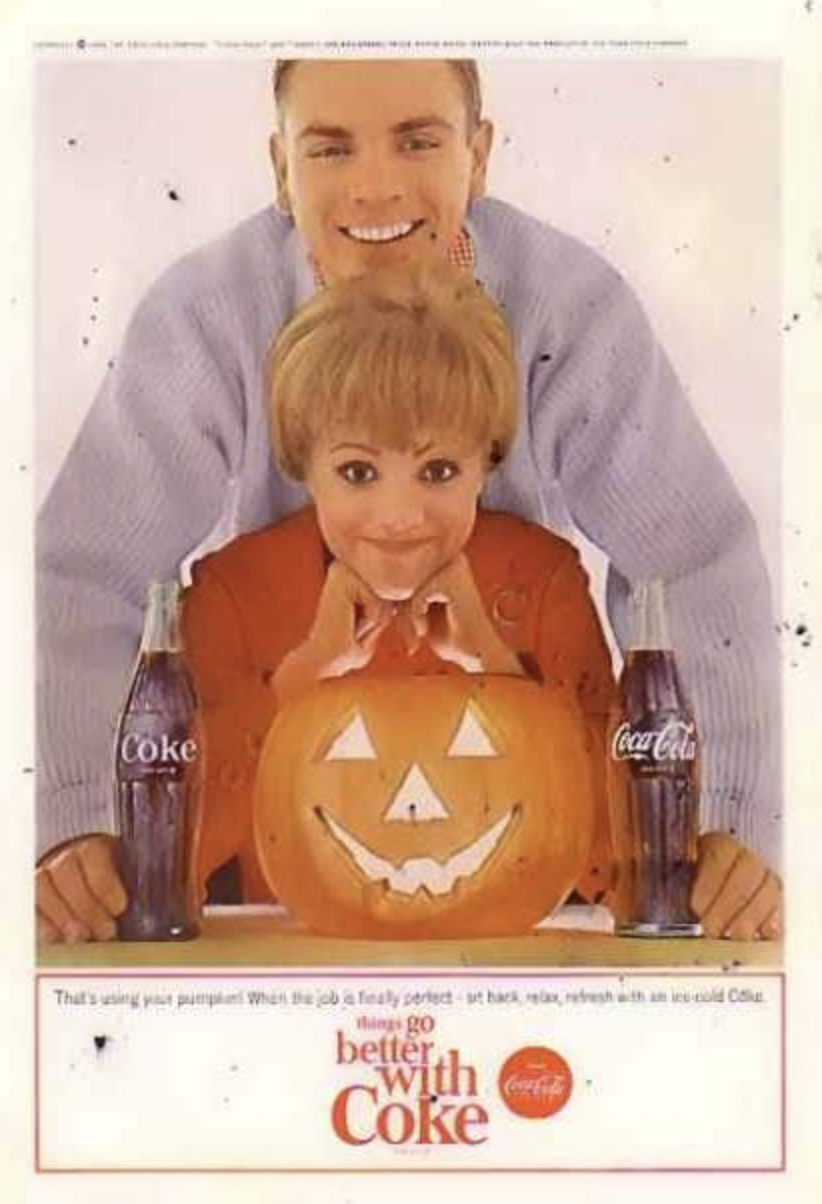
Vintage Ad Browser
...we would drink a pumpkin spice Coke.
|
|
|
When you reach 3 referrals, you'll be invited to Monthly Exclusive Events with our co-founder Alex and the biggest names in business.

All you have to do is share your link with 3 friends or colleagues and you're an MB VIP.
Hit the button below to learn more and access your rewards hub.
Click to ShareOr copy & paste your referral link to others:
morningbrew.com/marketing/r/?kid=303a04a9
|
|
|
Catch up on a few Marketing Brew stories you might have missed.
|
|
|





